Continued from Part 1
In our introductory article to #Thirsty4Change, we met Ishan and Elyza, undergrads of Singapore Management University who have teamed up with LASALLE College of the Arts students to explore design interventions to bring about a more sustainable-looking future for bubble tea packaging and consumption. Throughout six weeks of workshops, the students embarked on data collection, and learned more about coding and data visualisation.
Today, we catch up with Jayal Shroff, an MA student from LASALLE, who shares her experiences and insights from this learning journey, and her hope to connect the dots between design and sustainability issues surrounding everyone's beloved bubble tea.
What did you know about coding before attending these workshops?
I had a cursory understanding of coding, going into these workshops. I did a coding course in BASIC about 25 years ago and I knew of coding as instructions that a computing device can understand to create or do something—there can be many ways of coding but the best ones are those that provide the instructions in the simplest way possible. In my past experience designing mobile applications and websites, I've seen my ideas come to life through the help of backend programming, and I'd also heard of Java, HTML and CSS, but didn't know the differences between these coding languages.
How was coding and data visualisation applied in the context of bubble tea culture?
The idea was to figure out a way to use code to help us visualise the data we'd collected around bubble tea consumption patterns. At the same time, we've been working on a proposal to present our findings at the Cumulus Roma 2021 conference around design culture.
I was extremely cautious when I started to write code. I understood that even a single number, word or even a bracket could change the code or stop the computer from following it. We used the p5js editor, which is a free online JavaScript library. It was pretty easy to use and we were able to find several presets where we could plug-in our data and tweak the code to better fit our purpose. I realised it’d take a lot of practice to get to the stage where we could start writing our own code from scratch, so having templates to work off of was pretty helpful.
Since we were looking into utilising technology for the bubble tea project, my design solutions moved towards using the ordering screen and sensors within the bubble tea shop to help create a more responsive service design to sustainability. I drew inspiration from interactive art pieces such as the therapeutic kinetic art installation piece at Changi Airport Terminal 1 and the responsive kinetic art of Daniel Rozin.
Were you aware beforehand that code could be used for such purposes of data visualisation and creating art?
I knew that a lot of art is produced with the help of coding. However, what was very inspiring was how coding can be made responsive to sound, light, movement, and other elements to create art.
The main thing I learned was that while coding may look complicated at first, it can actually simplify the process of creating something in the long run. For example, it might take me a longer time to design a pattern or a shape in a coding program as compared to a design software; however, making changes to the pattern would be faster through coding as it would simply involve changing a number or a bit of text.
How have your views of coding and data visualisation changed since?
I look at coding differently now. It is necessary not only to create software for laptops, phones and other backend systems. Coding can also be used to improve interactions between us and the physical world around us.
Coding can moreover be employed to nudge people into making better choices and engaging in preferable actions in an extremely subtle manner. Coded interventions slip into the daily lives of people, unnoticed, and before one knows it, their habits change.
How has #Thirsty4Change helped in your mission to connect the dots between design and a more sustainable bubble tea culture?
I'm a hundred per cent convinced that design—and designers—play a huge role in the realm of sustainability. In fact, the focus of my MA project is on using design to reduce waste-creation.
Throughout the history of design for sustainability, the role of the designer has transitioned from designing sustainable products and product-related services within the consumerist economy, to designing systems that work towards a parallel sustainable economy.
Waste-creation is therefore not about unsustainable products, but rather about decisions made by individuals and communities within a system that encourages wastefulness. It is this system or cogs of the system that need to be redesigned to make available sustainable choices that align with individual interests.
The journey continues in Part 3.

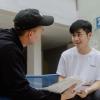
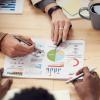
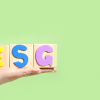
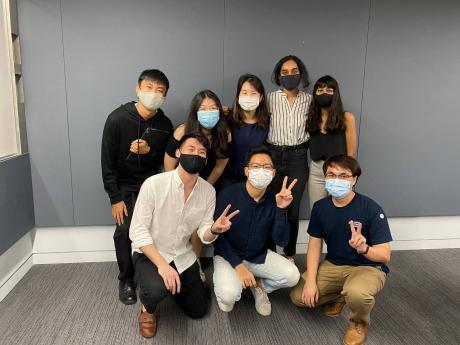

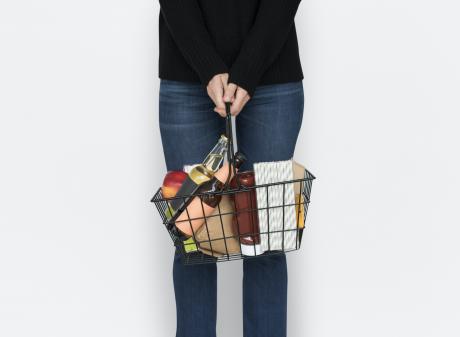
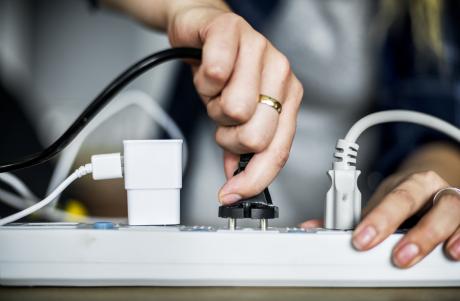
Comments